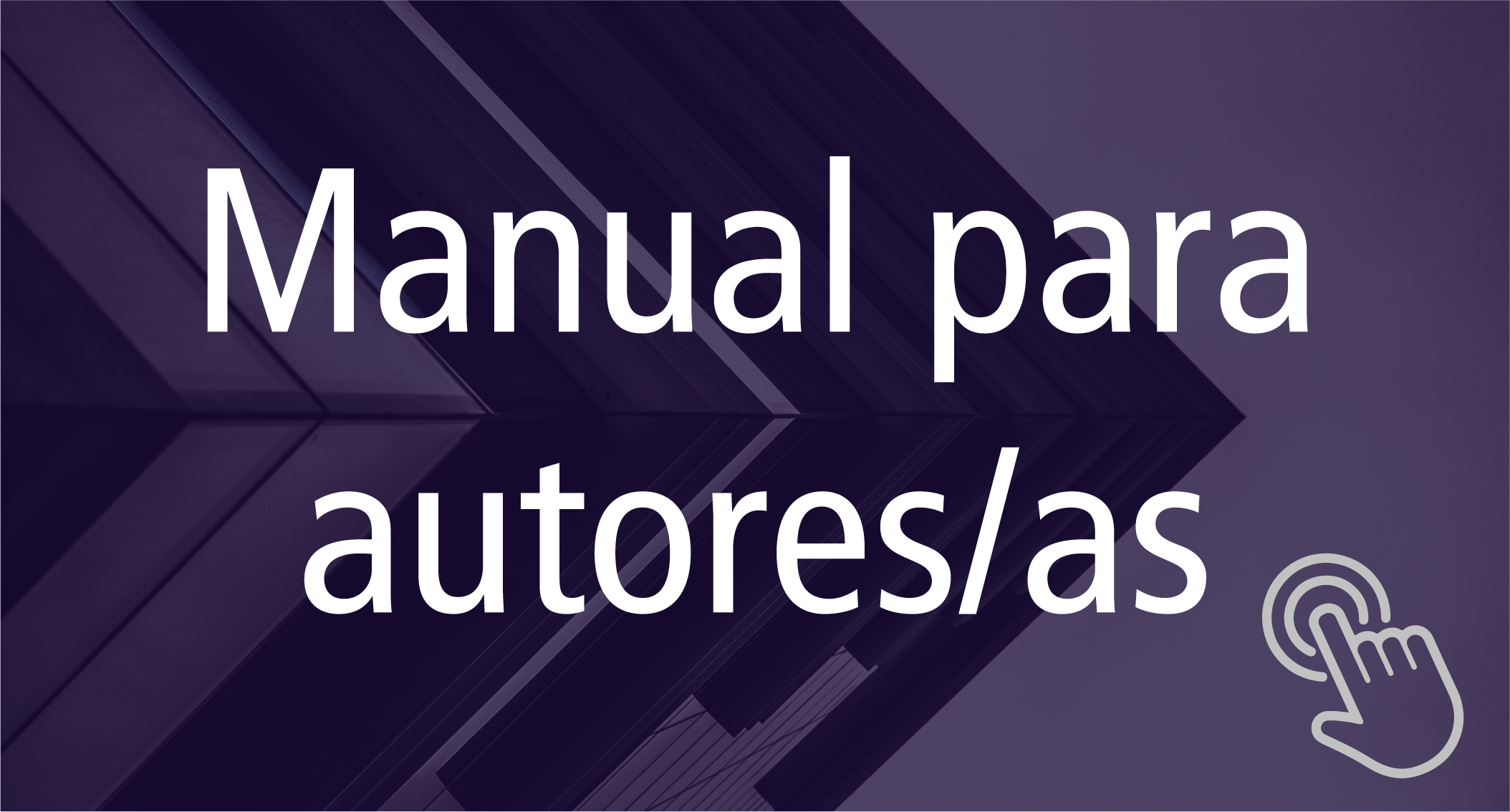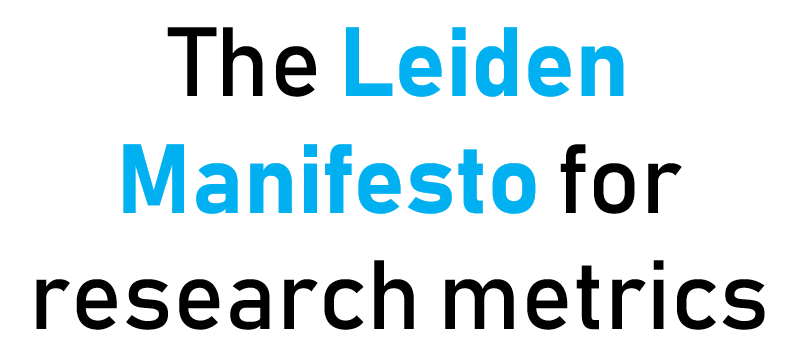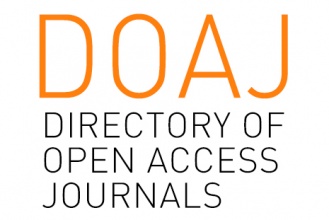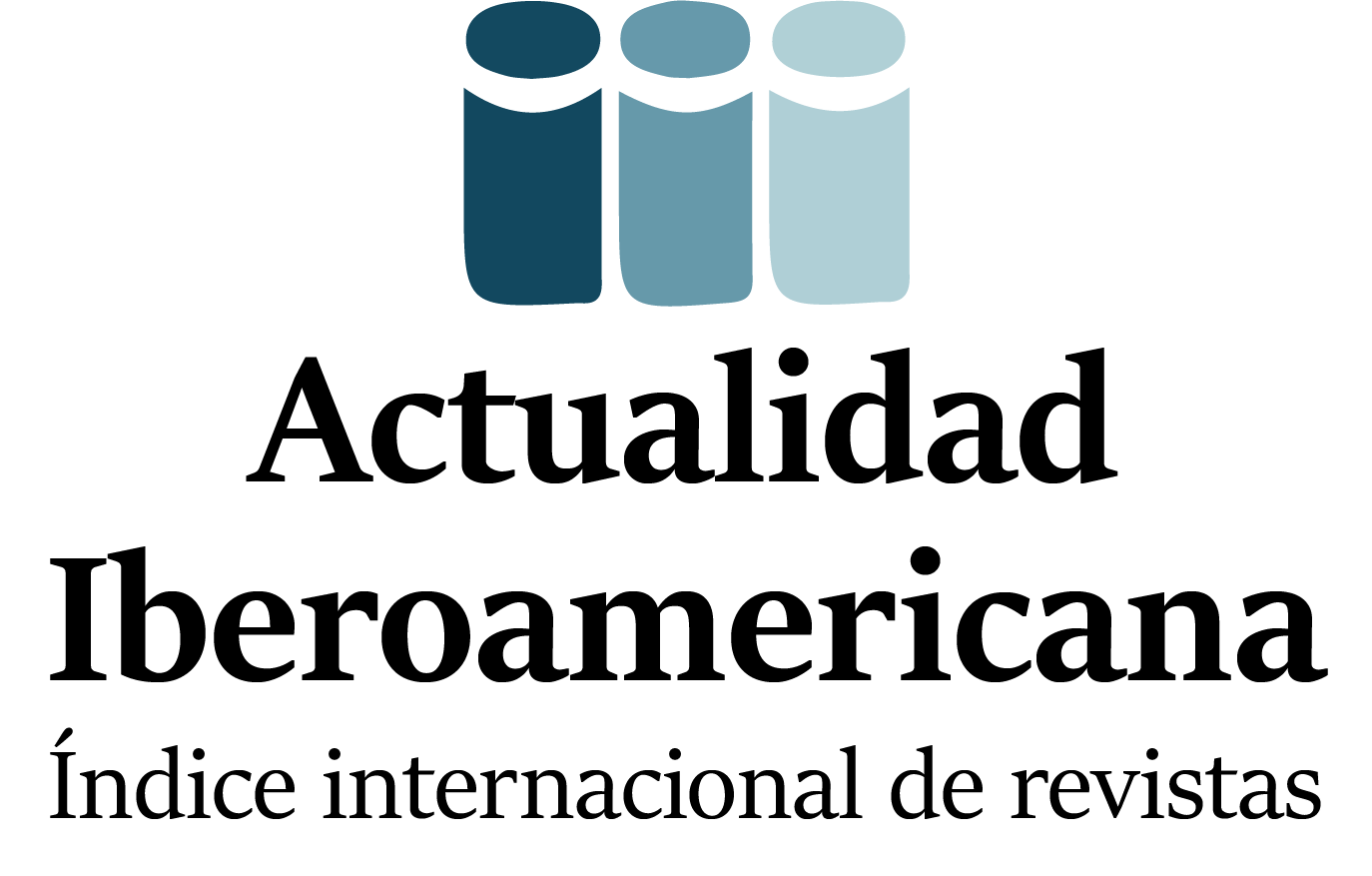Desarmar(ser) homem - construir(ser) pai: intervenções psicanalíticas com jovens no contexto de confinamento punitivo
DOI:
https://doi.org/10.24215/2422572Xe069Palavras-chave:
masculinidades, gênero, vínculos afetivo-sexuais, intervenções psicanalíticas nas prisõesResumo
Partindo dos desenvolvimentos nos estudos de gênero, masculinidades e teoria cuir, discutiremos primeiramente como a psicanálise, enquanto construção teórica da modernidade, explica o assunto em conexão com as concepções culturais de masculinidade e feminilidade. Em segundo lugar, analisaremos quais são as possíveis intervenções clínicas na prisão. Ao refletir sobre nossas ferramentas como psicanalistas, será analisada a lógica de produção de um dispositivo terapêutico em uma unidade penitenciária, atendendo a duas especificidades: a lógica do confinamento punitivo e os laços afetivo-sexuais de jovens carentes. da liberdade. Para tanto, partiremos da noção de intervenção que, atendendo a essas particularidades, e compreendendo a ética psicanalítica orientada para a subversão do sujeito, é mutilada por não incluir as categorias de análise e práxis dos estudos de gênero.
Downloads
Métricas
Referências
Ahmed, S. (2014). La política cultural de las emociones. Universidad Nacional Autónoma de México.
Anzaldúa, G. (1987). Borderlands/La frontera: The new mestiza. Aunt Lute Books.
Artiñano, N. (2016). Masculinidades trágicas. Trayectorias de vida de hombres detenidos que han ejercido violencia y abuso sexual en el ámbito familiar. Tesis Doctoral en Trabajo Social. Universidad Nacional de La Plata.
Aulagnier, P. (1988). Como una zona siniestrada. Trabajo de Psicoanálisis, 3(9), 161-173.
Aulagnier, P. (1991). Construir(se) un pasado. Revista de Psicoanálisis APdeBA, XIII, (3),441-467.
Badiou, A. (2011). El elogio del amor. La Esfera de los Libros.
Brousse, M. H. (2020). Lo femenino. Editorial Tres Haches.
Butler, J. (1997). Sujetos de sexo / género / deseo. Feminaria, 10, 1-20.
Butler, J. (1993). Mecanismos psíquicos del poder. Ediciones Cátedra.
Butler, J. (1997/2004). Lenguaje, poder, identidad. Síntesis.
Butler, J. (2004). Vidas precarias: El poder del duelo y la violencia. Paidós.
Cesaroni, C. (2010). La vida como castigo: Los casos de adolescentes condenados a prisión perpetua en la Argentina. Grupo Norma Editorial.
Chaves, M. (2009). Estudios sobre juventudes en Argentina I. Universidad Nacional de La Plata.
Colanzi, I. (2015). (Per)versiones del patriarcado: mujeres y violencia institucional. Derecho y Ciencias Sociales, 12, 8-32.
Colanzi, I. (2018). Los lazos sexo-afectivos: modos de ejercicio de cuidado en mujeres privadas de libertad. Derecho y Ciencias Sociales, 18, 121-137. https://doi.org/10.24215/18522971e028.
Colanzi, I. (2018). Hacedoras de memorias: testimonios de mujeres privadas de libertad en las tramas del poder punitivo (2012 – 2016). Tesis Doctorado en Ciencias Sociales. Facultad de Humanidades y Ciencias de la Educación. Universidad Nacional de La Plata.
Connell, R. (1987). Gender and power. Stanford University Press.
Connell, R. (1995). The social organization of masculinity. En Masculinities. Berkeley University of California Press.
Connell, R. (2015). Masculinidades. Universidad Nacional Autónoma de México.
Cook, R. y Cusack, S. (2009). Estereotipos de género. Perspectivas legales transnacionales. Profamilia.
Estévez, A. (2018). Biopolítica y necropolítica: ¿constitutivos u opuestos?. Espiral, Estudios sobre Estado y Sociedad, XXV(73), 9-43.
Ferreryra, J. (2019). Psicoanálisis, ficcioanálisis y contraficcioanálisis. Polvo.
Fridman, I. (2017). Mujeres y varones frente a las condiciones políticas del amor. Entre la autonomía y la soledad. En I. Meler (comp.). Psicoanálisis y género. Escritos sobre el amor, el trabajo, la sexualidad y la violencia (pp. 165-174). Paidós.
Fridman, I.(2019). Violencia de género y psicoanálisis. Agonías impensables. Lugar.
Gosende, E. (2006). Accediendo al género masculino. Dimensiones históricas, hermenéutica, reflexiva y política de la masculinidad. Subjetividad y Procesos Cognitivos, 5, 159- 198.
Greiser, I. (2012). Psicoanálisis sin diván. Los fundamentos de la práctica analítica en los dispositivos jurídico-asistenciales. Paidós.
Hernando, A. (2012). La fantasía de la individualidad: sobre la construcción sociohistórica del sujeto moderno. Katz Editores.
Koury Pinhe, M. G. (2010). Volverse hombre. Ambigüedad y ambivalencia en la construcción del género masculino. Estudios Sociológicos, XXVIII(82), 135-168. El Colegio de México, A.C.
Lacan, J. (1960). La subversión del sujeto y dialéctica del deseo en el inconsciente freudiano. Siglo XXI.
Luque, C. (2020). Affidamento masculino: El arte queer del fracaso del varón patriarcal. Heterotopías, 3(5), 1-15.
Mbembe, A. (2011). Necropolítica. Melusina.
Maffia, D. (2007). Sujetos, política y ciudadanía. En S. Chaher y S. Santoro (Comps.), Las palabras tienen sexo (pp. 12 - 28). Artemisa Comunicación.
Moreno, J. (1989). Pubertad, historización en la adolescencia. Cuadernos de la APdeBa, 1, 11-37.
Rother de Hornstein, M. C. (1991). La elaboración de los duelos en la adolescencia. Revista de Psicoanálisis, 6.
Russo, L. y Vallejo, P. (2011). El amor y lo femenino. Editorial Tres Haches.
Segato, R. (2003). Estructuras elementales de la violencia. Universidad de Quilmes.
Silva, M. (2007). El baile de las pibas, las piñas de los pibes (o viceversa): sobre feminidades y masculinidades en jóvenes de sectores populares. En M. Chavez. (Comp.), Estudios sobre juventudes en Argentina I. Hacia un estado del arte (pp. 167 -199). EDULP.
Taylor, C. (1989). Sources of the self. The making of the modern identity. Harvard University Press
Vacarezza, N. (2011). Figuraciones del cuerpo con género. Paralelismo y quiasmo. Revista Latinoamericana sobre Cuerpos, Emociones y Sociedad, 3, 6.
Volnovich, J. C. (2000). Generar un hijo: la construcción del padre. En I. Meler y D. Tajer (Eds.), Psicoanálisis y género: Debates en el foro. Lugar.
Žižek, S. (2006). Visión de paralaje. Fondo de Cultura Económica.
Zuckerfeld, M. (2017). Injuria a la intimidad: sobre el complejo de la mujer [madre] humillada. Revista de la Sociedad Argentina de Psicoanálisis, 20, 199-212.
Downloads
Publicado
Como Citar
Edição
Seção
Licença

Os autores que publicam neste periódico aceitam as seguintes condições:
- Autores mantém os direitos autorais e atribuir o direito de primeira publicação para a revista, com a obra registrada sob uma Licença de atribuição Creative Commons (CC-BY) , que permite que terceiros usem o que é publicado sempre que mencionarem a autoria do trabalho e a primeira publicação desta revista.
- Os autores podem fazer outros acordos contratuais independentes e adicionais para a distribuição não-exclusiva do artigo publicado na revista ESTA (por exemplo, incluí-lo em um repositório institucional ou publicá-lo em um livro), enquanto eles indicou claramente que o trabalho foi publicado pela primeira vez nesta revista.
- Autores são permitidos e encorajados a publicar seus trabalhos na Internet (por exemplo, em páginas institucionais ou individuais) antes e durante o processo de revisão e publicação, pois pode gerar alterações produtivas e maior e mais rápida difusão do trabalho publicado (ver The Effect of Open Access).




































